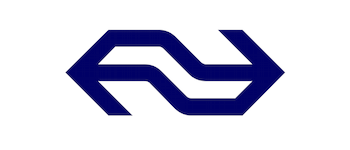NS innovates payment methods with High Availability High Performance platform
Flawless migration and conversion by myBrand Conclusion and Conclusion Mission Critical
More than a million train passengers check in and out with NS every day. Sometimes they use other transport companies as well, and only pay once. All these payments and settlements with other transport companies are carried out through SAP Billing and Revenue Innovation Management (BRIM), software running on the NS High Availability High Performance (HAHP) platform. The environment was implemented and is maintained by myBrand Conclusion and Conclusion Mission Critical.
Client
NS

Market
Public Transport
Theme
Adaptive enterprise applications
Date published
29 oktober 2024

"Whereas other suppliers can be very procedural about it when we have a problem, myBrand Conclusion first goes to work to fix it and only checks whether they are actually responsible for it afterwards. Sometimes, the cause that something isn't going as expected is us, NS. It is wise to increase governance in this regard. Not to make it complex or laborious, but to keep track of what work has been done by whom and who should pay the bill."
Ruud Mourik
Program Manager at NS (Dutch Railways)



Conclusion in public transport
Public transport is one of the markets in which the Conclusion ecosystem can make a real impact. Interested in learning more about our joint services in public transport?

ALWAYS UP-TO-DATE
With our monthly newsletter, you are always up-to-date with relevant Conclusion news, interesting business cases and the latest trends from our experts. Simply in your mailbox. You don't want to miss it.
